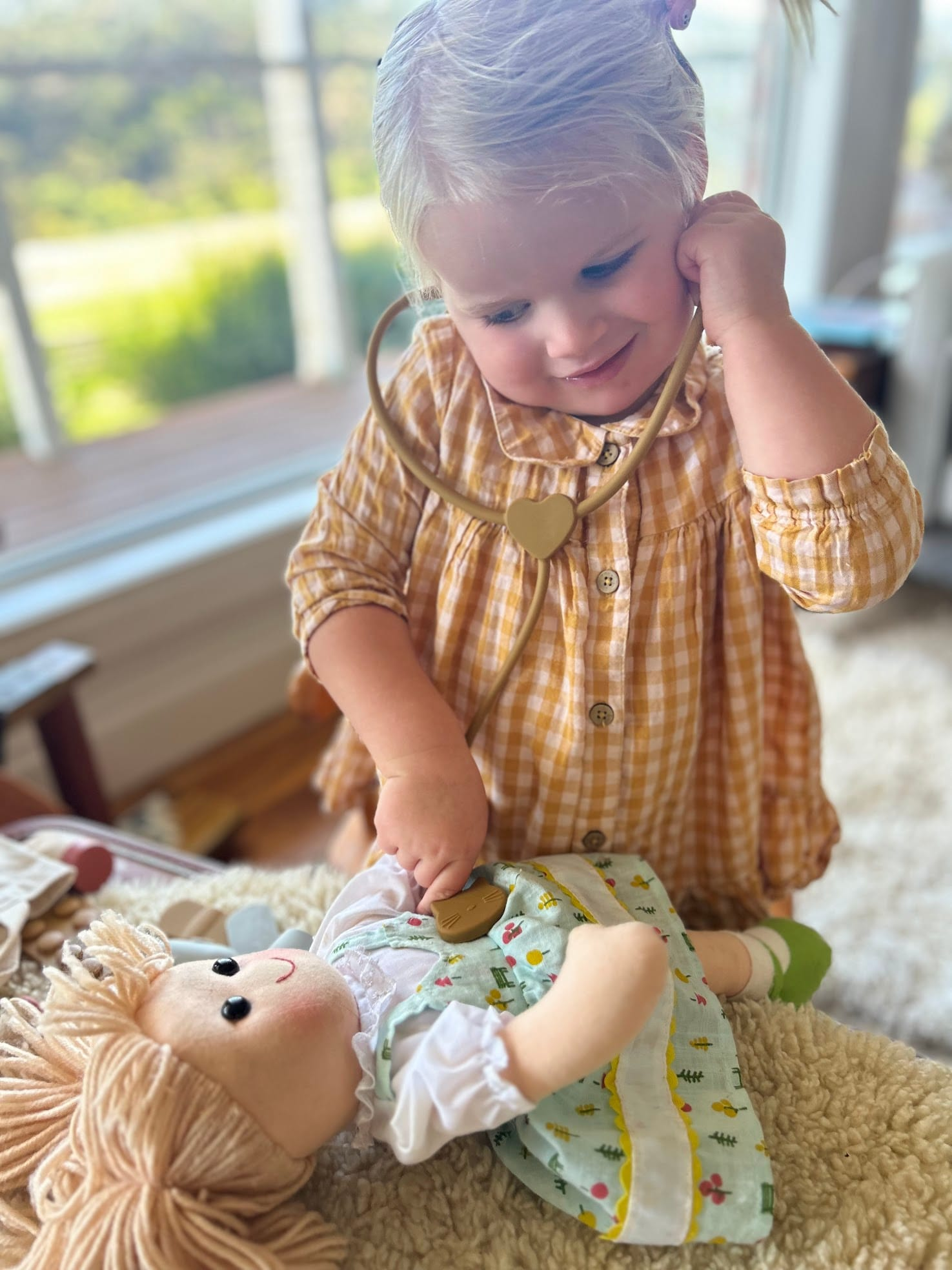Making the Unknown Familiar: The Vital Role of Medical Play for KidsMedical procedures can be daunting experiences for anyone — especially for children. Hospital stays, blood tests, and surgeries often bring fear, uncertainty, and anxiety. However, a powerful, evidence-based tool exists to help children navigate these experiences with greater confidence and less fear: medical play. Medical play uses role-playing, toys, and storytelling to help children familiarize themselves with medical environments and equipment before they face real procedures. It's a simple but incredibly effective strategy for building trust, reducing anxiety, and empowering kids. Why Medical Play MattersMedical play allows children to explore, rehearse, and make sense of medical experiences in a way that feels safe and within their control. Instead of the unknown being a source of fear, medical toys and games transform it into something familiar and approachable. Research consistently highlights the benefits of medical play:
When children are given the tools to understand and express what’s happening around them, they develop emotional resilience and better coping mechanisms. This foundation can even lead to better procedural outcomes and faster recoveries. Medical Play in Action: Tools and TechniquesThere are many ways to introduce medical play at home or in healthcare settings:
Simple activities like listening to a heartbeat with a toy stethoscope or giving a teddy bear a "needle" help children feel more in control when they eventually encounter real medical environments. Guidelines for Parents and Caregivers If you're considering using medical play to prepare your child for an upcoming procedure, here are some practical tips:
A Crucial Investment in Emotional WellbeingAt its heart, medical play is about giving children back a sense of agency in a situation where they might otherwise feel powerless. It's a therapeutic approach that reduces fear, builds trust, and creates a smoother experience for children, parents, and healthcare teams alike. By making medical tools and procedures a familiar part of their play world, we help children face real medical experiences with courage, understanding, and resilience. Because every child deserves to walk into a hospital not just with bravery — but with the confidence that comes from knowing what to expect. References (APA 7th edition) Chambers, L. T., Jensen, M. P., Loewen, K., & Finley, G. A. (2021). Medical play and procedural anxiety: A systematic review. BMJ Open, 11(9), e041506. https://doi.org/10.1136/bmjopen-2020-041506 Lee, H., Kim, S., & Choi, Y. (2025). The effects of medical play on preoperative anxiety and fear in children undergoing surgery. Journal of Pediatric Nursing, 68, 12–18. https://doi.org/10.1016/j.pedn.2025.02.016 Written by Sarah Duncanson Sarah Duncanson is an experienced Paediatric Intensive Care Nurse with over 17 years of frontline expertise. She has spent much of her career at The Royal Children’s Hospital, caring for some of Australia’s sickest and most critically injured children. Sarah is also the co-founder of PAEDS Education, an organisation committed to empowering families and communities through evidence-based healthcare education and practical first aid training. |

